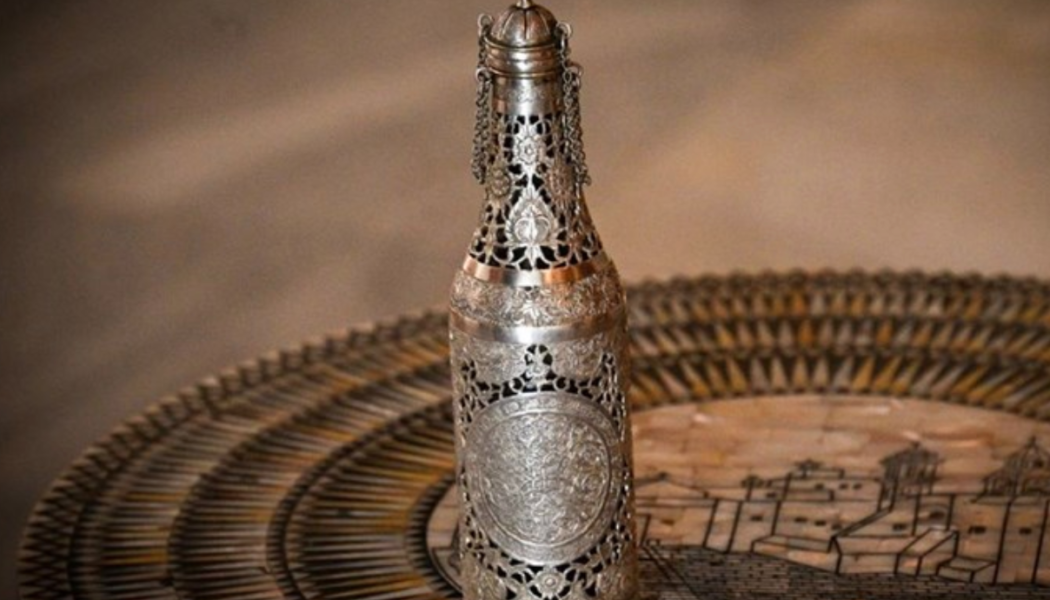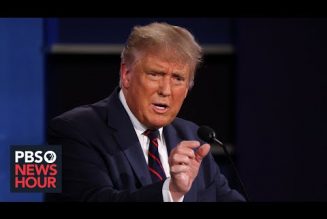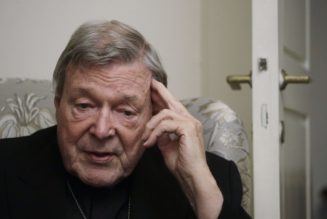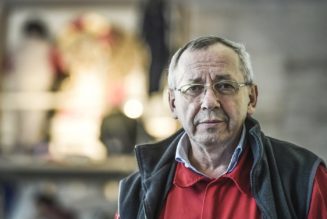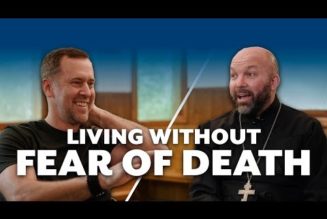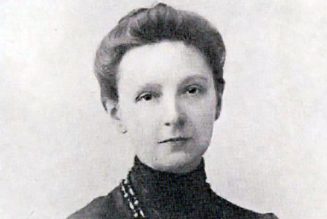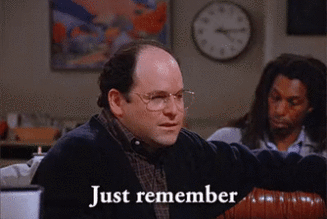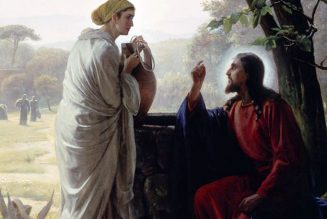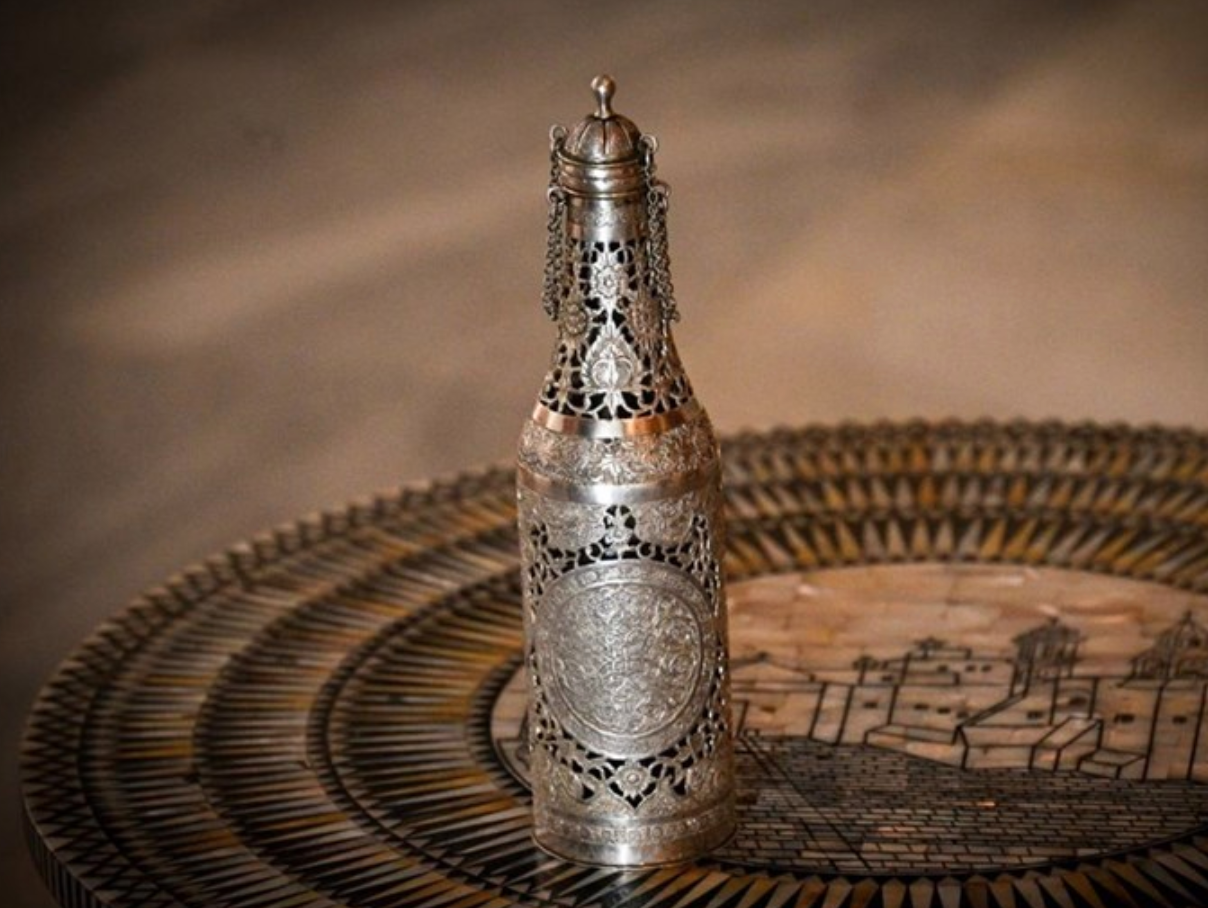
If you read the main Associated Press report about the coronation of King Charles III then you know, in summary material near the top, that the rites were attended by “celebrities including Judi Dench, Emma Thompson and Lionel Richie.”
You would not, however, know that — for the first time in history — the monarch processed into Westminster Abbey behind a new Cross of Wales which, because of a recent gift from Pope Francis — contained two fragments from the “true cross” of Jesus discovered in 312 A.D. by the Empress Helen, mother of Constantine. We are talking about a relic reverenced by the early church and, ever since, by the ancient churches of East and West.
I know. It’s all about priorities. Was the coronation of Charles III a religious rite, a political ceremony or a mega-watt event in mass pop culture?
The obvious answer to this question is “Yes.” The issue, as usual, is which angle received the most accurate and informed attention in the AP report. Want to guess?
Before we go on, let me make a confession. I am, at the moment, high in the mountains of North Carolina and access to solid WiFi is, to be blunt, near zero. I drive into a small town about once day. Thus, I am going to focus on the religion details (and lack thereof) in the AP report alone — since that is what will be read by most news consumers in Middle America and elsewhere.
I will end with some questions about the rite that I have not been able to answer, questions linked to the ecumenical and interfaith content of the ceremony — details that appear to be close to the heart of the new king (background here from TheConversation website). But first, here is the overture:
LONDON (AP) — King Charles III was crowned … at Westminster Abbey, in a coronation ceremony steeped in ancient ritual and brimming with bling at a time when the monarchy is striving to remain relevant in a fractured modern Britain.
In displays of royal power straight out of the Middle Ages, Charles was presented with an orb, a sword and scepter and had the solid gold, bejeweled St. Edward’s Crown placed atop his head as he sat upon the 700-year-old oak Coronation Chair.
In front of world leaders, foreign royals, British aristocrats and stars, Charles declared: “I come not to be served but to serve.” Inside the medieval abbey, trumpets sounded and the congregation of more than 2,000 shouted “God save the king!” Outside, thousands of troops, hundreds of thousands of spectators and a smattering of protesters converged.
Those foreign and English leaders included an unusually robust number of leaders from world religions, some of whom took part in the rite itself. That detail was saved until later in the story. As for me, I would have added one word to that third paragraph — “clergy.”
Another question: Did anyone of the AP copy desk think those symbolic words — “I come not to be served but to serve” — sounded familiar? After all, that is a direct quotation from the Gospel of St. Matthew, chapter 20: “ … the Son of Man came not to be served but to serve, and to give his life a ransom for many.” A few million readers might want to know more about that detail, since it was chosen by Charles III.
The report also noted:
During the traditional Anglican service slightly tweaked for modern times, Charles, clad in crimson and cream velvet and ermine-trimmed robes, swore on a Bible that he is a “true Protestant.”
But a preface was added to the coronation oath to say the Anglican church “will seek to foster an environment where people of all faiths and beliefs may live freely.” It was the first ceremony to include representatives of the Buddhist, Hindu, Jewish, Muslim, and Sikh faiths, as well as the first in which female clergy took part.
Charles was anointed with oil from the Mount of Olives in the Holy Land — a part of the ceremony so sacred it was concealed behind screens — before being presented with the Sovereign’s Orb and other regalia.
That short reference to the king’s oath is relevant.
I would argue that it contained other language that — especially after the historic reign of Queen Elizabeth II — would have been relevant. She was much beloved by the declining number of people who worship in the beleaguered Church of England. Charles III was asked:
Will you to the utmost of your power maintain the Laws of God and the true profession of the Gospel? Will you to the utmost of your power maintain in the United Kingdom the Protestant Reformed Religion established by law? Will you maintain and preserve inviolably the settlement of the Church of England, and the doctrine, worship, discipline, and government thereof, as by law established in England?
And will you preserve unto the Bishops and Clergy of England, and to the Churches there committed to their charge, all such rights and privileges as by law do or shall appertain to them or any of them?
Charles replied: “All this I promise to do.”
This brings to one other detail in the rite that fascinates me (yes, as an Eastern Orthodox layman) — the anointing with holy oil, by Archbishop of Canterbury Justin Welby. There are 20 references to anointing in the coronation rite and Canterbury’s commentary about the symbolism and meaning found in the rite.
<div class="sqs-block embed-block sqs-block-embed" data-block-json="{"width":550,"height":null,"hSize":null,"html":"
@jdskyles "I find it beautiful that before the anointing, the King removes all finery down to untucked collarless shirt of an ordinary man, to be made King, then dons the vestments of a Deacon, a symbol of service, before being crowned. Symbols that date back to Byzantine times."
— Ellen Anderson (@MochaLite) May 6, 2023
\n","url":"https://twitter.com/MochaLite/status/1654903174833090560","resolvedBy":"twitter","floatDir":null,"providerName":"Twitter","customThumbEnabled":false}” data-block-type=”22″ id=”block-yui_3_17_2_1_1683389053397_147681″>
@jdskyles “I find it beautiful that before the anointing, the King removes all finery down to untucked collarless shirt of an ordinary man, to be made King, then dons the vestments of a Deacon, a symbol of service, before being crowned. Symbols that date back to Byzantine times.”
— Ellen Anderson (@MochaLite) May 6, 2023
Weeks before the coronation, CNN described the oil with this information:
A ceremony at The Church of the Holy Sepulchre in Jerusalem, saw the consecration of the oil. … It was held by the Patriarch of the Orthodox Church of Jerusalem, His Beatitude Patriarch Theophilos III, and the Anglican Archbishop in Jerusalem, The Most Reverend Hosam Naoum. Christians believe Jesus was crucified where the Holy Sepulchre now stands.
I have seen this oil described as “chrism,” a sacramental term in ancient Christian traditions. It is used, for example, in ordination rites and in sacramental rites of healing.
This part of the coronation takes place behind an ornate screen, providing privacy. The text:
Archbishop of Canterbury:
Be your hands anointed with holy oil.
Be your breast anointed with holy oil.
Be your head anointed with holy oil,
as kings, priests, and prophets were anointed.And as Solomon was anointed king
by Zadok the priest and Nathan the prophet,
so may you be anointed, blessed,
and consecrated King over the peoples,
whom the Lord your God has given you to rule and govern;
in the Name of the Father, and of the Son, and of the Holy Spirit. Amen.
At this point, I have questions and I have not been able to find answers. Let me admit that, before we proceed.
For example, are we talking about “blessed oil” or sacramental “chrism”?
Has any other Eastern Orthodox patriarch ever taken part in this rite linked to the coronation of a British king?
Now, did the Orthodox patriarch lead a chrism rite in Jerusalem or simply host or witness an Anglican rite to bless the oil or create the chrism? It would be highly unusual for a Orthodox leader to consecrate sacramental chrism for the anointing of a “true Protestant” leader.
Now, there is one other interesting angle here — another question.
Was the Orthodox participation in this process — whatever that was (and so far I have not found media coverage that I trust) — linked to the unique personal history of Charles III and his father, the late Prince Philip, who was part of the royal family of Greece? Here is a chunk of a 2021 “On Religion” column that I wrote after the death of Prince Philip:
There is evidence that, late in life, Prince Philip began a private journey to explore his roots, including visits to Mount Athos, the rocky Greek peninsula that is the heart of global Orthodox monasticism. Observers noted that when making the sign of the cross, he gestured in an Orthodox manner — from right to left.
During a 2011 visit to Buckingham Palace, Metropolitan Hilarion of Russia gave Philip an icon of St. Elizabeth, his martyred great-aunt. In a condolence letter to Queen Elizabeth, he said Philip “told me literally the following: ‘I became an Anglican, but I remained Orthodox.’ … With great warmth, he recalled his visits to the Holy Mount Athos. He told me about his Orthodox roots.”
Prince Charles also has frequented Mount Athos. One Athonite monk told The Guardian newspaper that there is “no question” that Charles is “Orthodox in his heart. Sadly, he is very constrained by his position.” The Prince of Wales has maintained ties to the Vatopedi Monastery and, like his father, to the Friends of Mount Athos.
After the death of his wife, Diana, Prince Charles had a long, private meeting with one of the great spiritual elders of Mount Athos. For years, Charles has continued semi-regular private meetings with — Father Ephraim, the abbot of the Vatopedion monastery.
Thus, my final question: Does anyone know how an Orthodox patriarch ended up playing a potentially sacramental role in this coronation?
FIRST IMAGE: The holy chrism used to anoint King Charles III, in an official Lambeth Palace photo used by The Church Times.
